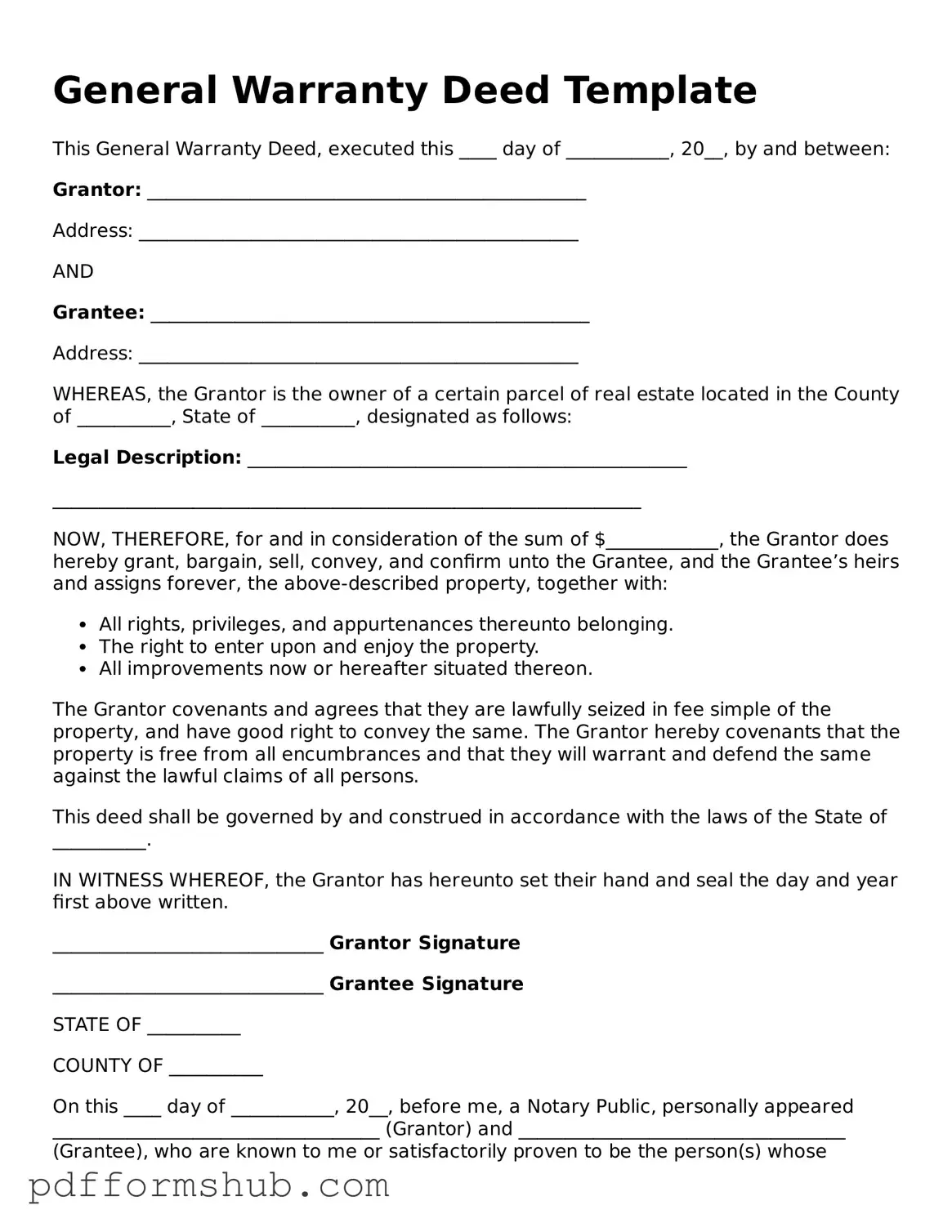When it comes to transferring ownership of property, the Deed form serves as a crucial document in the real estate process. This legal instrument not only signifies the transfer of title from one party to another but also outlines essential details such as the names of the grantor and grantee, a clear description of the property involved, and any specific conditions or covenants that may apply. Understanding the various types of deeds—like warranty deeds, quitclaim deeds, and special purpose deeds—can help individuals navigate the complexities of property transactions. Each type offers different levels of protection and assurance regarding the ownership being conveyed. Additionally, the Deed form often requires notarization to ensure its validity and may need to be recorded with local government offices to provide public notice of the ownership change. Grasping these aspects of the Deed form is vital for anyone looking to buy, sell, or transfer property, as it lays the groundwork for a smooth and legally sound transaction.
